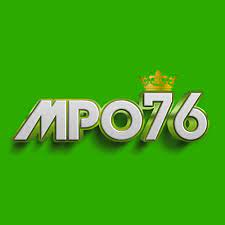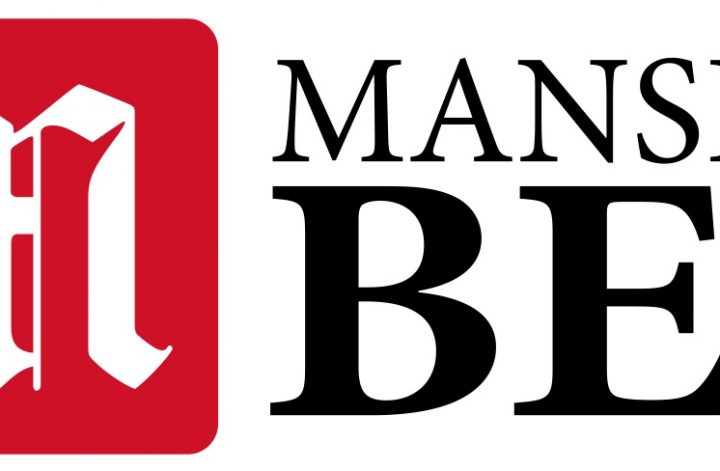It is often an exciting time, full of experience and surprises. Around every corner there are new responses to inquiries we had already imagined answered. Along with these discoveries, not one shines as brightly as the effects of early Chinese inventions on modern everyday life. Since we research 10 of the greatest creations and innovations of Historical China, you may be amazed at their affect on recent technology.
1. Paper. Paper, since we all understand it, was invented in China around the year 105. Soon after seeing previous attempts made of bamboo sticks and animal skins, Cai Lun created his idea. After blending mulberry bark, wheat germ pops and alternative stuff, a pulp shaped. This pulp was pressed into sheets and dried, being a primitive type of paper. Paper has been an essential innovation which the process of making this proved to be a jealously guarded key. The key has been safe until the seventh century when the art disperse into India.
2. The Printing Press. Before Johann Gutenberg”invented” the printing media at the 1440’s, China made a form of printing media involving 206 B.C. and A.D. 45. It had been made using rock tablets to produce a”rubbing” of popular Buddhist and Confucian texts. Next came block printing from the Sui Dynasty. In blockprinting, words and images have been engraved on wood boards, smeared with ink and pressed sheets of newspaper. Later, moveable type printing presses were introduced. According to the authors of Ancient Inventions,”From A.D. 1000, paged books in today’s style experienced substituted scrolls – a good 4 5 0 years prior to Gutenberg InventHelp.”
3. The First Book. Due to the early advent of the printing press, China also asserts the very first publication. In 868, nearly six hundred years ahead of the Gutenberg Biblethat the earliest known book was printed. By the close of the Tang dynasty, China experienced bookstores in almost every city.
4. Paper Money. While today you’d rather keep a good deal of money rather than coin, then that hasn’t been the situation. The idea of paper currency was tried below Emperor Han Wu-Ti (140-87 B.C.) following warfare had drained the treasury. He murdered treasury notes, worth and also in market for 400,000 aluminium coins. Alternatively of paper, the
Emperor
utilized skin of their white stag. However, the animal was rare the idea so on lost appeal. In early 800’s, the idea revived to deter highway robbers. Back in 812, the government was again printing funds. By the year 1023, money had an expiration date and was already plagued with volatility and inflation. Almost six 100 years after newspaper currency headed west, first printed in Sweden in 1601.
5. The Abacus. Before Texas Instruments, the very first calculator was in the works. The abacus dates from all over the year 200 B.C.. It’s a rather advanced tool having a easy design and style. Wood is built into a rectangular framework using sticks running in the base to top. About 2/3’s from the bottom, a divider spans the frame, known as the counting pub. On each of the sticks are beads. All the beads above the counting bar equal . Those below equal one. The pops of rods have been all read from right to the left. The furthest bar for the right holds usually the one’s location, the next retains the ten’s area, then the hundred’s, etc. Although its layout might seem complicated, but you can find a number of Chinese today so proficient that they are able to solve challenging math problems faster than some one using a calculator!
6. The Decimal Process. From the West, the decimal system seemed really lately. Its first believed case was at a Spanish manuscript dated approximately 976. However, the very first real example goes back much further. In China, an inscription dated from the 13th century B.C.,”547 days” was written as”five hundred plus four decades plus seven of days” The Chinese very likely created the decimal system as their speech depended upon characters (like pictures) as an alternative of the alphabet. Each number had its own unusual personality. Minus the decimal program, the Chinese would have experienced a dreadful time equaling every one of these brand new characters. By using units of people, tens, hundreds, etc.,, the Chinese saved time and trouble.
7. The Mechanical Clock. From the calendar year 732, a Buddhist monk and mathematician invented the very first mechanical clock. He called it”Water-Driven Spherical Fowl’s -Eye-View Map of the Heavens.” Like earlier clocks, the water gave it power, however machines doubling the motion. However, following some years, corrosion and freezing temperatures took their toll. It was only in 1090, when astronomer Su Sung designed his mechanical marvel”Cosmic Engine”, which the dependable time piece was first made. Designed for Emperor Ying Zongthis clock includes a tower over 30 feet tall. It housed machinery that, among other things, brought on wood puppets to pop from one of five doors at fixed intervals every day. (Much enjoy the current notion of a Cuckoo clock.) The entire system was powered by a huge water wheel. This clock ran till 1126, as it had been hammered by the beating Tartars and moved into Peking for another several years. The first clock mention in Western history was at 1335, at the church of St. Gothard at Milan.
8. The Planetarium. A planetarium can be a enormous enclosed area that reveals the stars and constellations on the inside. Orbitoscope has been that the identify of this first projection planetarium. It was built in Basil at 1912 by Professor E. Hinderman. Butonce more, China may be the mother of this innovation. The very first planetarium is credited to the design of a early emperor. As just one origin conditions, an astronomer called Jamaluddin made a planetarium throughout the Yuan Dynasty (1271-1368), together with a perpetual calendar along with other important astronomical instruments.
9. The Earthquake Sensor. The first earthquake detector was also an intriguing piece of artwork. It was a bronze tube roughly 8 toes round, with 8 dragons dangling above 8 openmouthed frogs. In the mouth area of each dragon relaxed a bronze globe. Once an earthquake hit, a pendulum in the cylinder would fold. It knocked the ball from your mouth of the dragon and down into the frog’s mouth. That frog’s spine was subsequently confronting the direction of this center of the quake. Chang Heng devised it at A.D. 132 (during the Han Dynasty), nearly 600 years until the first western detector was manufactured in France. Later, in 1939, Imamura Akitsune recreated the invention and actually shown it efficient.
10. As the Chinese didn’t actually formulate the helicopter, they were also involved with its creation. In the 4th century A.D.they devised a toy called the”Bamboo dragon-fly”. You’ve likely seen them as prizes in regional fairs or carnivals. It ended up being a toy shirt, having a base like a pencil and also a tiny helicopter-like blade at the ending . The shirt was wrapped using a cord. After you pulled on the cable, the blade could twist about and soar in the air. This toy was examined by Sir George Cayley in 1809 and played a part in the birth of contemporary aviation. It was only when early 1900’s the very first helicopter required trip.
It’s sometimes a mind-blowing item to appreciate that what seemed to function as modern ideas or inventions are much more than we’d envisioned. And it’s really possible that there are more creations available. Much more historical alterations to be manufactured. At the ending of the largest Inventions of the previous 2,000 Years, Jared Diamond summed this up properly while referring to this changing view of its own inventors,”Thus, forget those testimonies concerning genius inventors that sensed a necessity of culture solved it and hence altered the world. There’s never been such a genius….If Gutenberg hadn’t invented the far better inks and alloys used in ancient printing, some other contemporary tinkerer with metals and oils would’ve achieved so….do give Gutenberg some of their credit–although perhaps not too far .”



